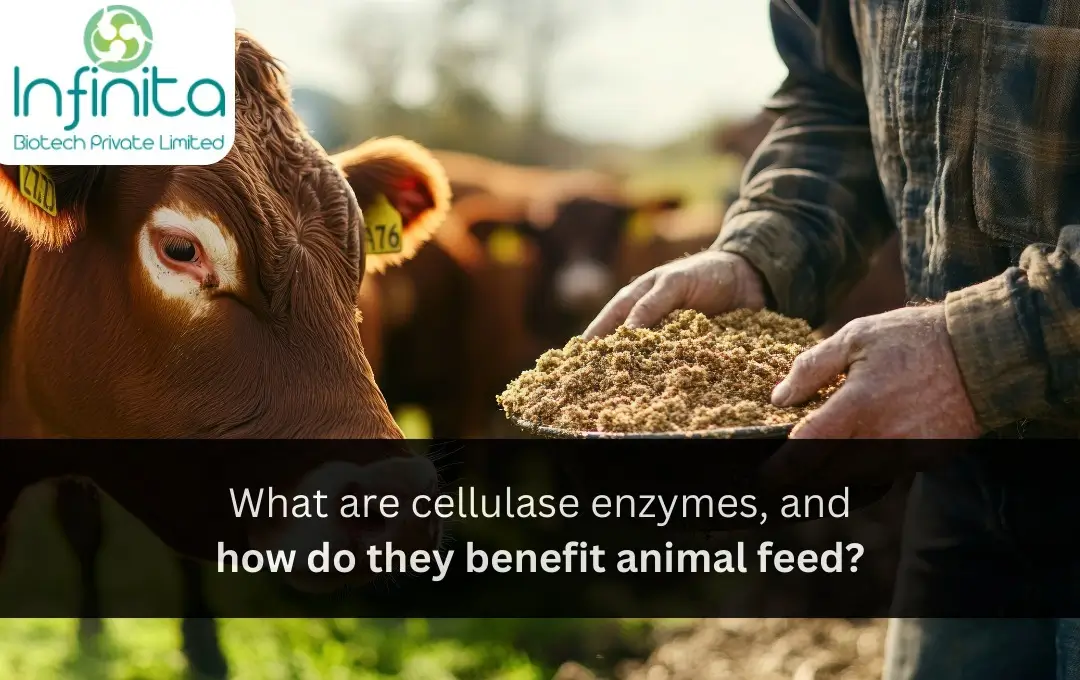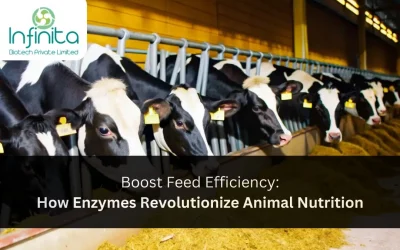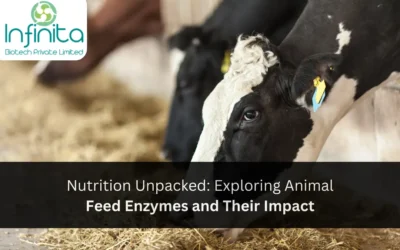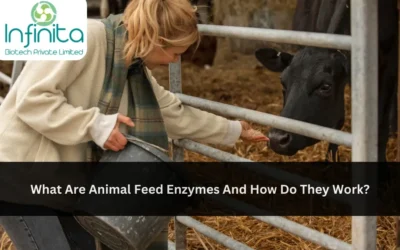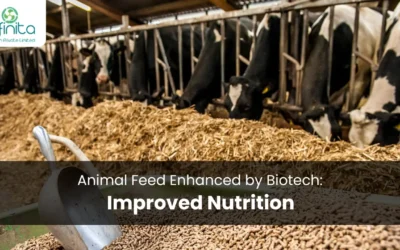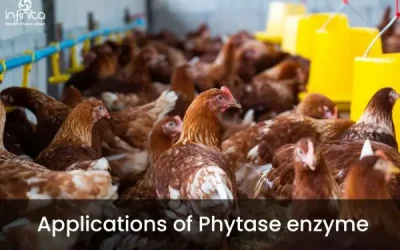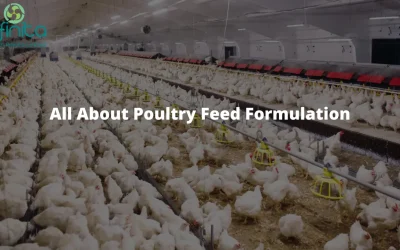Introduction to Cellulase Enzymes
Cellulase enzymes are biological catalysts that decompose cellulose, a vital component of plant cell walls. These enzymes are critical for improving the digestibility of animal feed, enabling livestock to extract maximum nutrients from fibrous feed sources. The use of cellulase enzymes is integral in the development of animal feed supplements, promoting better nutrient absorption and overall animal health.
Types of Cellulase Enzymes
Endoglucanases
Endoglucanases hydrolyze internal beta-1,4-glycosidic bonds in cellulose. This action creates new chain ends, facilitating further enzymatic breakdown.
Exoglucanases
Exoglucanases remove cellobiose units from the ends of cellulose chains, making them essential for complete cellulose degradation.
Beta-glucosidases
These enzymes convert cellobiose into glucose, ensuring that the fermentable sugars are readily available for animal digestion.
Mechanism of Action
How Cellulase Breaks Down Cellulose
Cellulase enzymes work synergistically to hydrolyze cellulose into glucose. This process begins with endoglucanases disrupting cellulose’s structure, followed by exoglucanases and finally, beta-glucosidases converting cellobiose into glucose. This sequential action maximizes the efficiency of feed digestion.
Role in Fiber Digestion
By enhancing the digestibility of fiber, cellulase enzymes allow animals to extract more energy from their feed. This is especially beneficial for herbivores whose diets consist largely of fibrous materials.
Benefits of Cellulase Enzymes in Animal Feed
Enhanced Nutrient Absorption
Cellulase enzymes improve the availability of nutrients by breaking down complex fibers, leading to increased nutrient absorption and promoting optimal growth.
Improved Feed Efficiency
With enhanced digestion, animals can achieve higher growth rates while consuming less feed. This improvement in feed efficiency helps reduce overall feeding costs, making it more economical for producers.
Reduction of Feed Costs
The ability to derive more energy from the same amount of feed reduces the overall cost of livestock feeding. This cost-effectiveness is crucial in a competitive market where margins are often tight.
Impact on Gut Health
Promotion of Beneficial Microbes
Cellulase enzymes create an environment conducive to the growth of beneficial gut microbes. These microbes play a vital role in digestion and overall animal health.
Improvement in Digestive Health
By enhancing fiber digestion and nutrient availability, cellulase enzymes contribute to a healthier gut, reducing the risk of digestive disorders.
Cellulase Enzymes and Different Animal Species
Ruminants
In ruminants, cellulase enzymes are essential for breaking down high-fiber diets. They improve the fermentation process in the rumen, leading to better nutrient utilization and increased milk production.
Monogastrics
Monogastric animals, such as pigs, benefit from cellulase enzymes by improving the digestibility of fibrous feeds, allowing for better weight gain.
Poultry
For poultry, the inclusion of cellulase enzymes in feed formulations enhances the digestibility of grains and other fibrous ingredients, promoting healthier growth rates.
Applications of Cellulase in Animal Feed Formulation
Inclusion Rates
Determining the optimal inclusion rates of cellulase enzymes is essential for maximizing their benefits in animal feed formulations.
Compatibility with Other Enzymes
Cellulase enzymes can be effectively combined with other enzymes like proteases and amylases to enhance overall feed digestibility and efficiency.
Challenges in the Use of Cellulase Enzymes
Variability in Efficacy
The effectiveness of cellulase enzymes can vary based on feed composition and animal species, necessitating tailored formulations.
Storage and Stability Issues
Maintaining enzyme activity during storage and handling is crucial for ensuring consistent performance in feed applications.
Future Trends in Cellulase Enzyme Development
Advances in Biotechnology
Continued advancements in biotechnology promise the development of more potent and stable cellulase enzymes, enhancing their applicability in animal nutrition.
Customized Enzyme Solutions
The future will likely see more personalized enzyme solutions tailored to specific animal needs and dietary compositions, optimizing feed formulations for better performance.
Regulatory Considerations
Approval for Use in Animal Feed
Ensuring that cellulase enzymes meet regulatory standards is essential for safe and effective use in animal feed.
Safety Assessments
Thorough safety assessments help maintain consumer confidence in the use of enzymatic solutions within the animal feed industry.
Case Studies and Success Stories
Examples of Successful Implementations
Real-world applications demonstrate significant improvements in animal performance and feed efficiency through the incorporation of cellulase enzymes.
Measurable Benefits in Animal Performance
Quantifiable data highlight the advantages of cellulase enzymes, including enhanced growth rates and improved feed conversion ratios, validating their use in animal nutrition.
Conclusion
Cellulase enzymes are indispensable in modern animal nutrition, offering numerous benefits that enhance feed efficiency and animal health. Their ability to improve nutrient absorption, promote gut health, and reduce feeding costs makes them a valuable addition to animal feed formulations. As advancements in enzyme technology continue, the role of cellulase enzymes will become increasingly vital in meeting the demands of the animal agriculture sector. By leveraging these enzymatic solutions, producers can optimize animal performance and sustainability, driving the industry toward a more efficient future.
